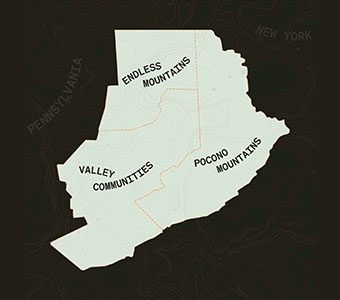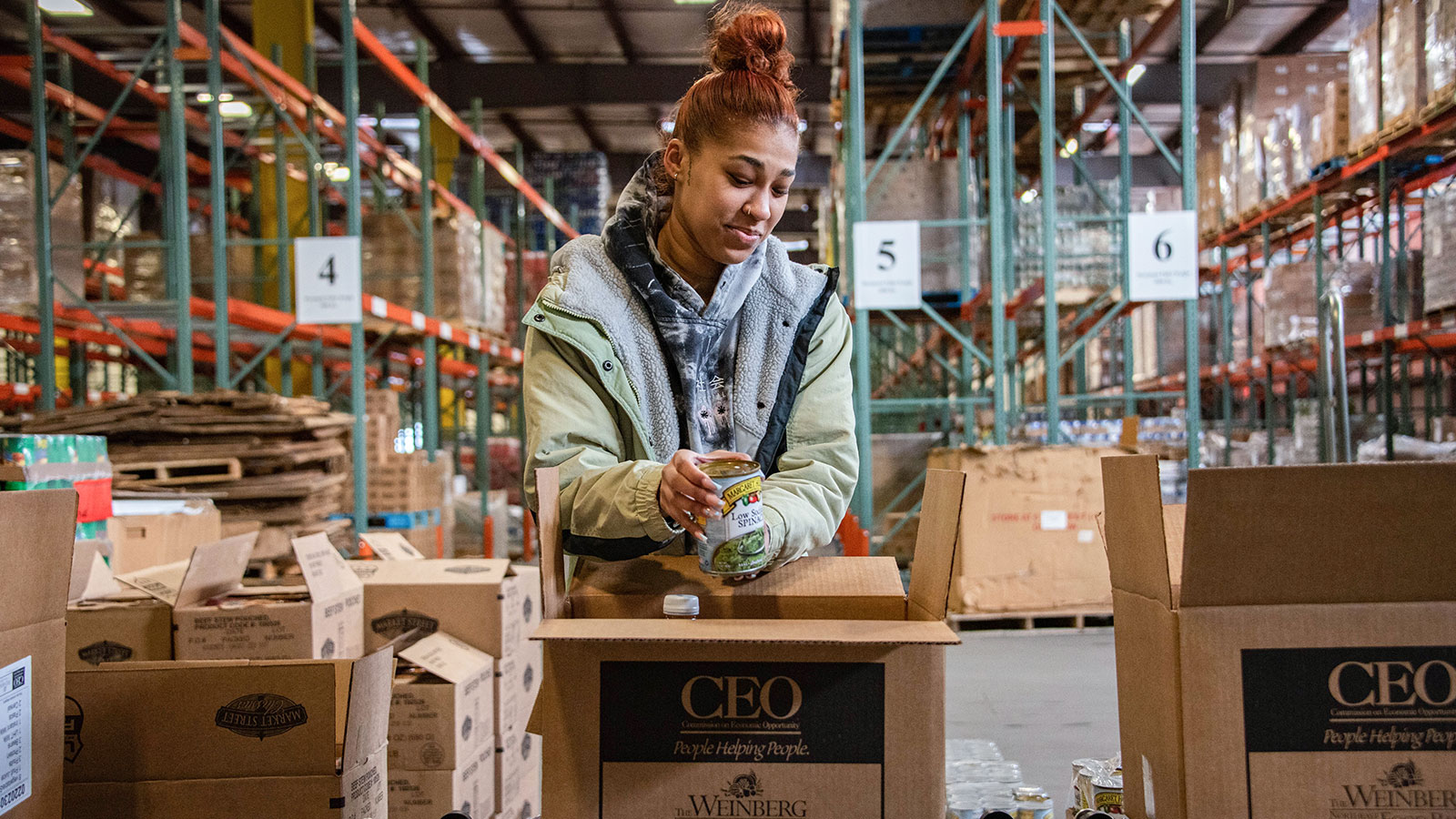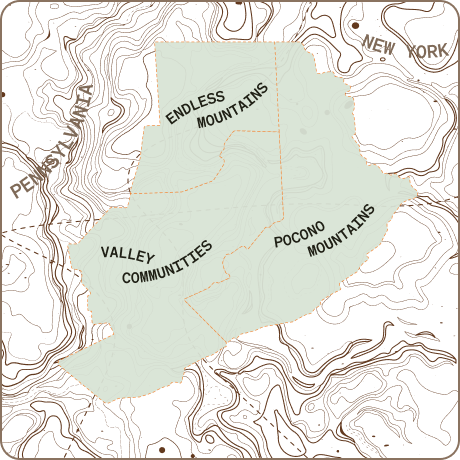In our effort to create Northeastern Pennsylvania’s most comprehensive nonprofit directory, we came across hundreds of amazing organizations. Naturally, we wanted to share their inspiring stories.
In this series, we aim to highlight the hard-working organizations, the good people, the selfless volunteers, the helpers, the healers, the listeners, the comforters and all the great work they do. We hope that, through these stories, you too will be inspired to lend your time, your hands and your hearts. Follow along as we take a look beyond the mission statement.
Hunger: Nationally and Locally
For families with food insecurities, food pantries are a lifeline. They are a dignified solution to what is often a silent crisis in this country – hunger. Unfortunately, our area is no exception to the ever-growing food insecurity crisis that affects children, elderly and minorities disproportionately.
However, as whenever there is a crisis, there are helpers. People, organizations, resources, programs and a legion of volunteers who make it their mission to alleviate hunger and the stigma that surrounds the need to ask for help for one of life’s most basic necessities.
And so, inside an otherwise unsuspecting warehouse filled with pallet upon pallet of bulk nonperishable foods stacked from floor to ceiling, as well as refrigerators brimming with fresh produce, milk and meats, a group of volunteers is hard at work fulfilling that mission.
People Helping People:
Connecting Needs Across Our Communities

Transforming communities one plate at a time.
That mission is made possible thanks to the Weinberg Northeast Regional Food Bank, a branch of the Commission on Economic Opportunity (CEO). A private nonprofit organization founded in 1965, it is at the epicenter of food distribution to food pantries throughout Lackawanna, Luzerne, Susquehanna and Wyoming counties.
“CEO is really about connecting the people that live in our community with the needs that are in our community,” says Gretchen Hunt Greaves, RDN, Director of Nutrition Programs and Resource Development at the food bank. “So, understanding what the needs and challenges that people are facing, particularly low-income individuals and vulnerable people. And then figuring out how we bridge the gap and resolve some of those issues. And really using the community resources that we have available to us.”
The food bank distributes food to 275 partner organizations. Three of those are their own pantries located in Hazleton, Tunkhannock and Wilkes-Barre. And for most, they are the sole provider of food to those partner pantries and agencies.
There are the big-name partners – the Salvation Army, Catholic Social Services, St. Vincent De Paul and St. Francis of Assisi soup kitchens. But beyond those familiar names, the food bank assists smaller groups — local churches, senior centers, childcare centers, pediatric physician offices, libraries and community food programs. All who have taken on the responsibility of feeding their communities.
Additionally, they partner with area school districts to host a children’s produce market providing predominantly all-fresh produce and milk, as well as a few non-perishable staples, to families with children.
“Food is the basic building block for our body. When we don’t have good food our bodies can’t function,” Greaves emphasizes. “So, I really see the work we do as being foundational from a health perspective.”
Fighting Food Insecurity

Nationally, 34 million people struggle with hunger in the United States.
That includes 9 million children who are food insecure. They do not have reliable, steady access to food. Because many households that experience food insecurity do not qualify for federal nutrition programs, they turn to local food pantries for extra support.
In 2022, the Weinberg Food Bank distributed 14.5 million pounds of food. And all of that food comes from a variety of channels. They receive funding from a multitude of sources – federal, state and local funding, as well as grants and private donations. Food comes from the United States Department of Agriculture (USDA) Emergency Food Assistance Program, donations from supermarkets and distributors, and private citizen. To fill in the gaps, they use funds to buy some of the food themselves.
Even with access to so many resources on the federal, state and county levels, Greaves is confident that it’s the people within our communities who are making the biggest impact giving back.
“Very often we find that individuals that care about our mission, whether they came in as a volunteer and saw the work that we did, or perhaps a family member or friend or even themselves were a recipient of our services, and then are in a position to give back, they are our best advocates.”
Senior Food Boxes: Helping Put Food On The Table

Hunger affects people from all walks of life.
Millions of people in America are just one missed paycheck, one medical emergency, one job loss away from hunger. But hunger doesn’t affect everyone equally. Seniors face a much higher rate of food insecurity.
As a result, the USDA Senior Food Box Program provides monthly food assistance targeted at low-income seniors. Currently, 2,100 senior citizens (which could reach 2,400 before years’ end) are the recipients of the food boxes that are fulfilled, like on this day, by volunteers at the Weinberg Food Bank. The boxes are then distributed through a network of mostly senior programs – senior centers, senior high-rises, pantries and churches. For the homebound, the food bank has a partnership with Door Dash.
In order to qualify, a person must be 60 years of age or older and have a household gross income of less than 130% of the Federal Poverty Guideline. Proof of ID and total gross household income are required to enroll.
“If you think of an older adult, perhaps living on their own, $1,200 barely covers your rent and your bare minimum basic needs. The Senior Food Box is designed to provide them with an ongoing food support each and every month,” says Greaves.
The program’s goal is to supplement seniors with nutritious USDA commodities, helping to prevent vulnerable seniors from having to choose between food and other basic needs. The food boxes include a variety of canned fruits and vegetables, peanut butter, beans, cereal, pasta, bottled juice, shelf-stable milk and canned meats.
“If you think about what’s in that box and how a single older adult, or even a couple, how far some of that food will get them in terms of really providing just some basic foundational food items,” says Greaves, “it truly is a lifeline.”
Volunteers Make All The Difference

Fighting food insecurity need only cost your time.
Sustaining the 275 partner food pantries and programs like the Senior Food Box Program would not be possible without the many groups and individuals who volunteer their time. Debbie Taylor, Volunteer Coordinator, says each month she welcomes everyone from corporate employees to church groups, Girl Scouts and individuals — all volunteering during the twelve open shifts they host each month.
“To help us conquer food insecurity, we rely heavily on our volunteers to make things like this happen with distribution,” says Taylor as she works alongside a shift of volunteers filling food boxes. “A lot of our pantries, a lot of our agencies, they have weekly, sometimes monthly distributions, which a majority of those rely solely on volunteers.”
Without their help, sustaining such a large network across four counties would not be possible. And while the people receiving the food provided by the food bank benefit the most, Greaves knows without a doubt that volunteers are rewarded for their service to fighting food insecurities too.
“I have never seen a volunteer walk out of here less fulfilled than they were when they walked in the door,” she says. “I think that our volunteers and our supporters that are really engaged with our mission, they get just as much out of it. And I know our employees do, too.”
Changes, Stigma and How To Help

Inflation is affecting everyone, including the food bank.
Typically, the food bank warehouse is overflowing with goods. When we visited, while still a healthy inventory, there was plenty of vacant space. That’s thanks to inflation and supply chain shortages, which have led to minimal excess to be donated.
Meanwhile, the demand for food bank services is increasing. People are feeling the effects of the high cost of food, energy, gas and other everyday essentials. So not only is the food bank buying more and more each day, and buying what they always bought, but it’s costing more.
“The cost of everything went up. So, we’re just climbing and climbing and climbing. We’re almost just back to where we were in terms of need and how many people we’re providing food for. And it’s new people every day. More need. Always more. Every day it’s more. And then every day it costs more,” adds Greaves.
So how can you help?
Volunteering, for starters. But secondly, action.
“I think that the more that we can see our role as community members giving at whatever level we can give. If that’s three hours on a Saturday morning every other month or $20 here and $100 there. It adds up when we do it together,” says Greaves.
Finally, we can help eliminate the stigma surrounding asking for help.
“It is a big problem and it is a very quiet problem,” Greaves emphasizes. “If you were struggling to feed your family and your children, you probably wouldn’t be broadcasting that from the rooftops. You would be struggling very quietly and not really sure where to go for help. So, I think that awareness that people who are struggling are not alone makes people more likely to seek help. It’s safe to talk about this problem. And it’s safe to talk about the solutions our community has. Because we have a lot of both.”
If you live in the Weinberg Food Bank’s four-county service area and are in need of food assistance, you can find information, including finding a food pantry near you, by visiting their website.
Visit the Weinberg Northeast Regional Food Bank’s website to learn more about food pantry agencies in your area, how to become a partner food pantry, how you can contribute through food or monetary donation and how to become a volunteer.



















